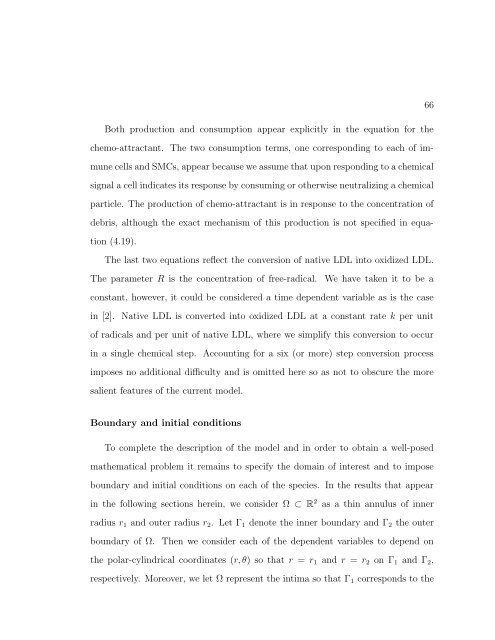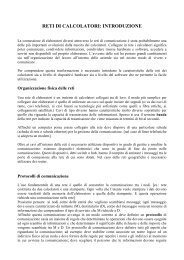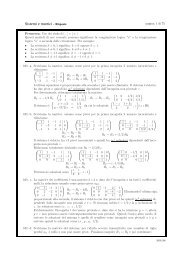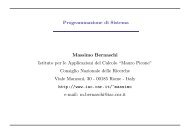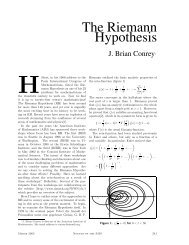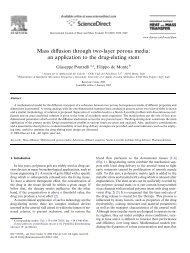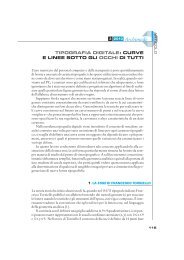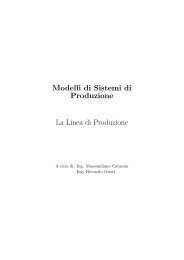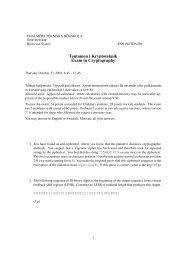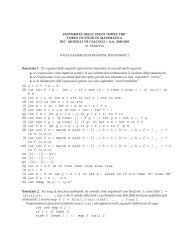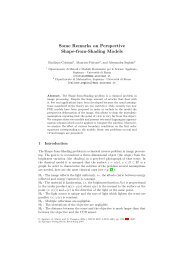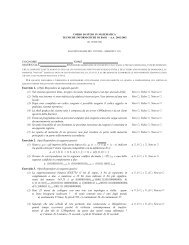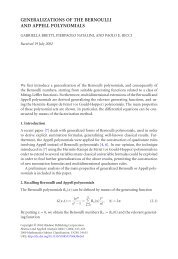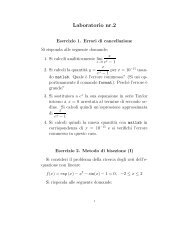A SHORT COURSE IN THE MODELING OF CHEMOTAXIS
A SHORT COURSE IN THE MODELING OF CHEMOTAXIS
A SHORT COURSE IN THE MODELING OF CHEMOTAXIS
Create successful ePaper yourself
Turn your PDF publications into a flip-book with our unique Google optimized e-Paper software.
Both production and consumption appear explicitly in the equation for the<br />
chemo-attractant. The two consumption terms, one corresponding to each of im-<br />
mune cells and SMCs, appear because we assume that upon responding to a chemical<br />
signal a cell indicates its response by consuming or otherwise neutralizing a chemical<br />
particle. The production of chemo-attractant is in response to the concentration of<br />
debris, although the exact mechanism of this production is not specified in equa-<br />
tion (4.19).<br />
The last two equations reflect the conversion of native LDL into oxidized LDL.<br />
The parameter R is the concentration of free-radical. We have taken it to be a<br />
constant, however, it could be considered a time dependent variable as is the case<br />
in [2]. Native LDL is converted into oxidized LDL at a constant rate k per unit<br />
of radicals and per unit of native LDL, where we simplify this conversion to occur<br />
in a single chemical step. Accounting for a six (or more) step conversion process<br />
imposes no additional difficulty and is omitted here so as not to obscure the more<br />
salient features of the current model.<br />
Boundary and initial conditions<br />
To complete the description of the model and in order to obtain a well-posed<br />
mathematical problem it remains to specify the domain of interest and to impose<br />
boundary and initial conditions on each of the species. In the results that appear<br />
in the following sections herein, we consider Ω ⊂ R 2 as a thin annulus of inner<br />
radius r1 and outer radius r2. Let Γ1 denote the inner boundary and Γ2 the outer<br />
boundary of Ω. Then we consider each of the dependent variables to depend on<br />
the polar-cylindrical coordinates (r, θ) so that r = r1 and r = r2 on Γ1 and Γ2,<br />
respectively. Moreover, we let Ω represent the intima so that Γ1 corresponds to the<br />
66


